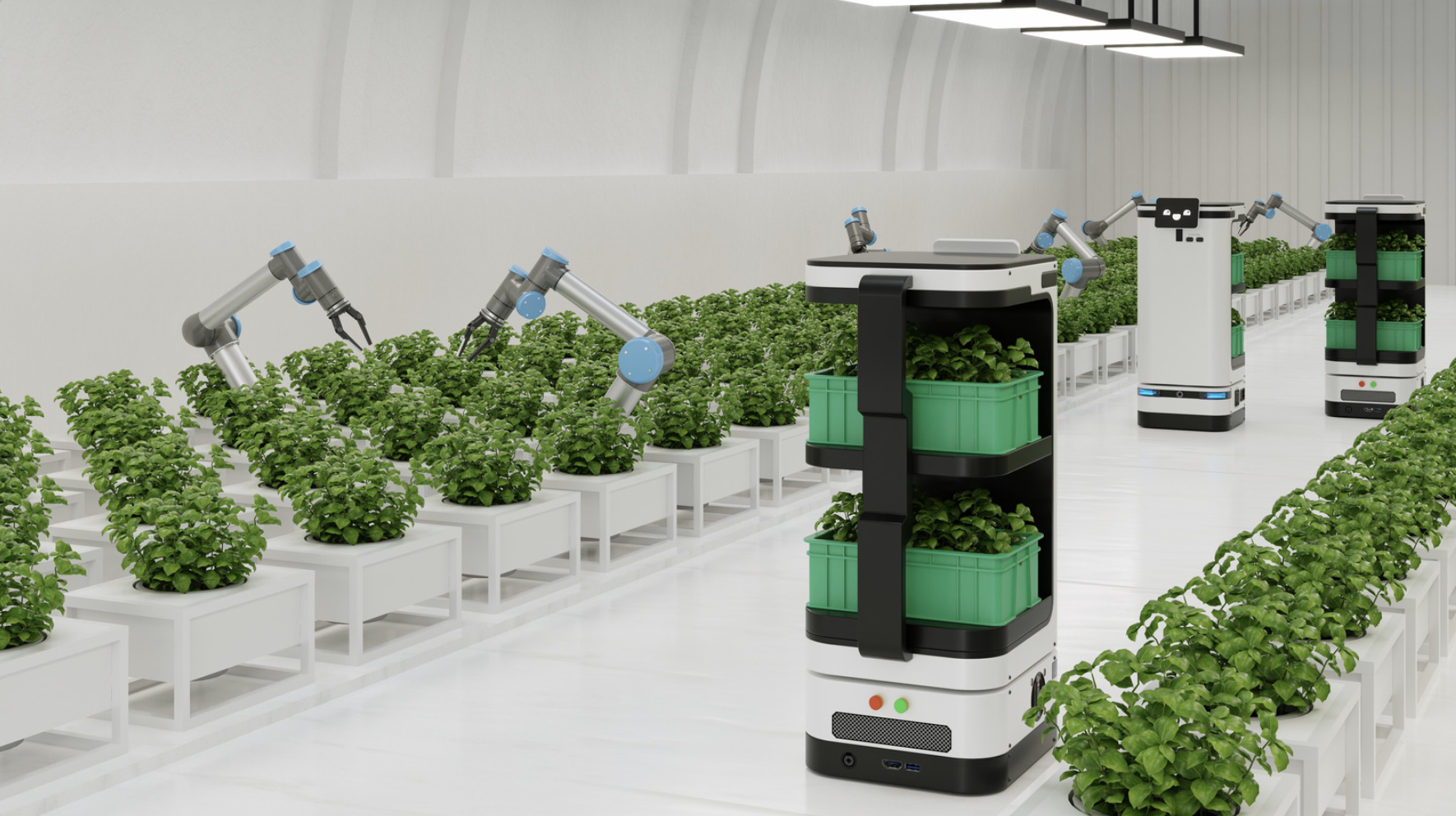From farm to fork, artificial intelligence (AI) is poised to revolutionize the food industry. This powerful technology has the potential to transform every step of the food supply chain, from ensuring food safety and optimizing production to personalizing our food choices.
One of the most pressing concerns for consumers is food safety. AI offers a powerful tool in this area. AI algorithms can rapidly detect pathogens like E. coli in food samples, significantly reducing the risk of contamination incidents. Researchers at the USDA’s Western Human Nutrition Research Center (WHNRC) recently demonstrated the effectiveness of AI-powered detection, accurately identifying contaminated lettuce samples within just three hours – a stark contrast to traditional methods that can take days.
This speed and accuracy can have a significant impact on preventing outbreaks of foodborne illness. Additionally, AI can enhance traceability throughout the supply chain. By tracking food from farm to table, AI can pinpoint the source of contamination in the event of an incident, allowing for a faster and more targeted response. This transparency not only improves food safety but also builds consumer trust.
The USDA is at the forefront of this exciting development. The department’s recently established AI Institute for Next Generation Food Systems brings together researchers from multiple institutions to explore the full potential of AI in agriculture. ”The AI Institute for Next Generation Food Systems is dedicated to accelerating the use of artificial intelligence to optimally produce, process, and distribute safe and nutritious food,” says Dr. Danielle Lemay, a USDA research molecular biologist at WHNRC. “In the future, we hope that AI can be used to personalize information on health status, genotype, and microbiome.”
Looking beyond food safety, AI has the potential to personalize our food experience. In the future, AI could analyze our health data, including genotype and microbiome, to recommend foods that best suit our individual needs. This level of personalization could revolutionize how we approach nutrition and overall well-being.
The benefits of AI in the food industry extend far beyond the examples discussed here. AI can streamline food processing and supply chain management, ensuring efficient production and distribution. It can also assist in natural language processing for compliance analysis, enabling faster and more accurate regulatory oversight.
The USDA’s Agriculture Innovation Agenda (AIA) recognizes the transformative potential of AI. The ten main systems of use outlined for AI in the food industry, including automated inspection and quality control, preventative analytics for inspection planning, food processing and supply chain monitoring and traceability, natural language processing for compliance analysis, early warning systems for food safety incidents, AI-assisted food and safety risk assessment, dynamic regulatory compliance updates, smart labeling and product information extraction, AI-enhanced training and skill development, and IoT integration for real-time monitoring, all contribute to achieving the goals of the AIA. By embracing AI, the USDA is paving the way for a safer, more efficient, and more personalized food system for all.
Resources:
Cheng, Davis. “Development and Application of AI for Food Processing and Safety Regulations.” Food-Safety.com. April 10, 2024. https://www.food-safety.com/articles/9387-development-and-application-of-ai-for-food-processing-and-safety-regulations
Dobbyn, Tiffany. “UC Davis Study Demonstrates How Artificial Intelligence May Improve Food Safety.” UCDavis.edu. February 21, 2023. https://caes.ucdavis.edu/news/uc-davis-study-demonstrates-how-artificial-intelligence-may-improve-food-safety
Elliot, Scott. “Artificial Intelligence Improves America’s Food System.” USDA.gov. December 10, 2020. https://www.usda.gov/media/blog/2020/12/10/artificial-intelligence-improves-americas-food-system
Most Recent Posts
Explore the latest innovation insights and trends with our recent blog posts.













